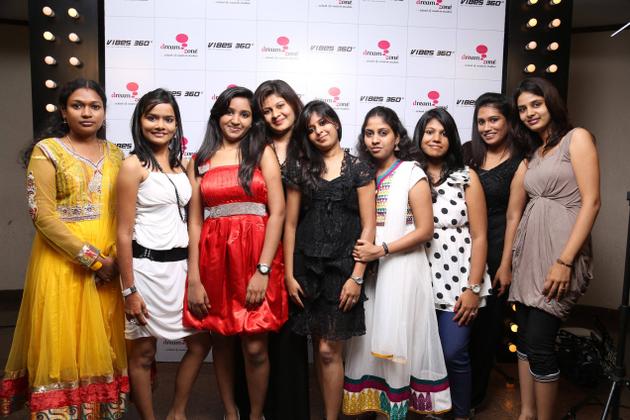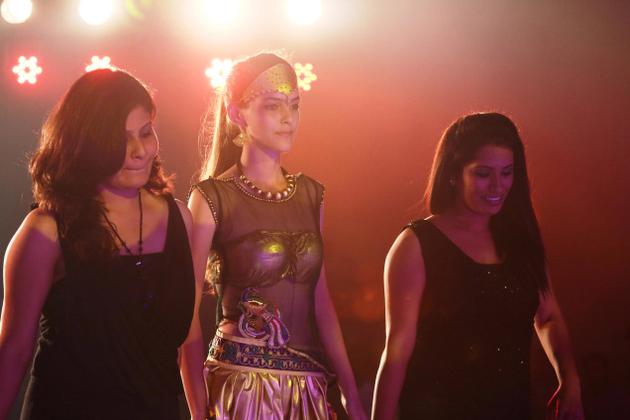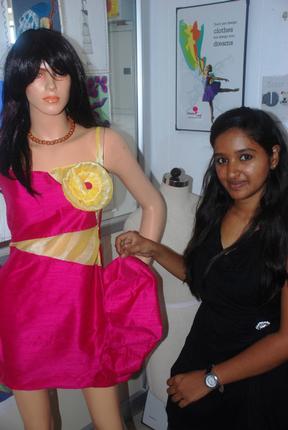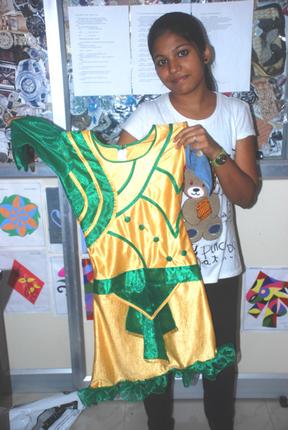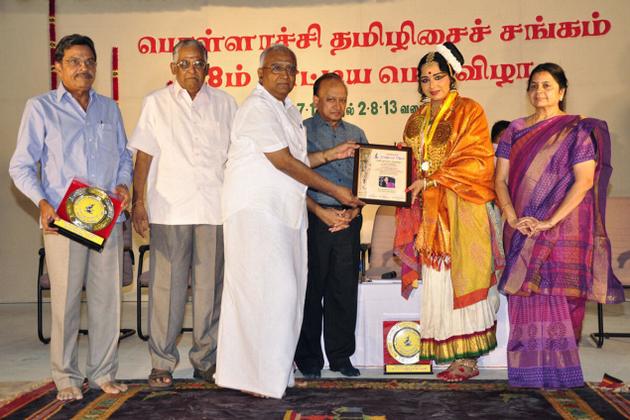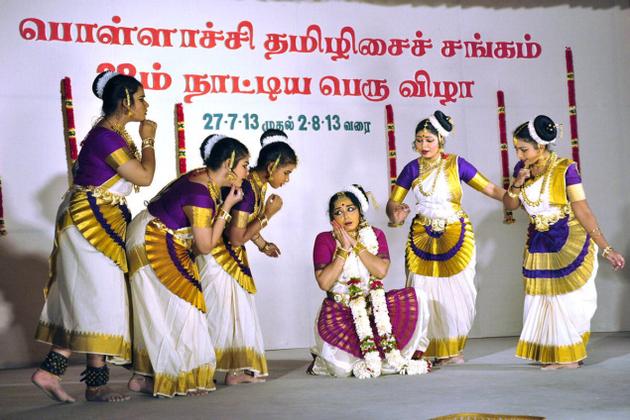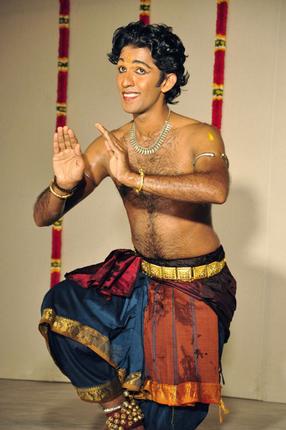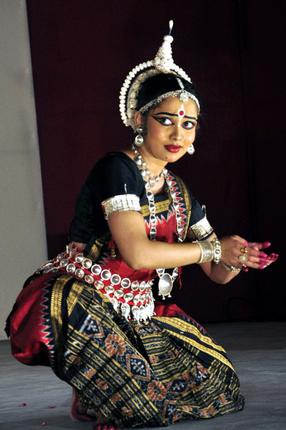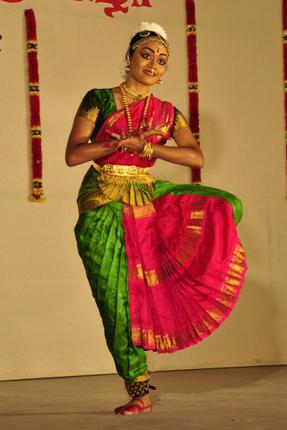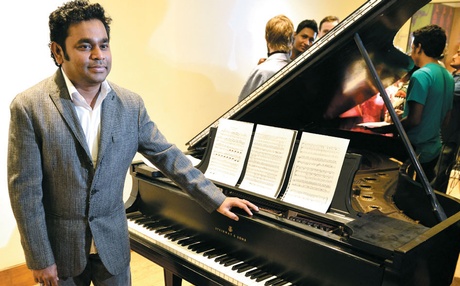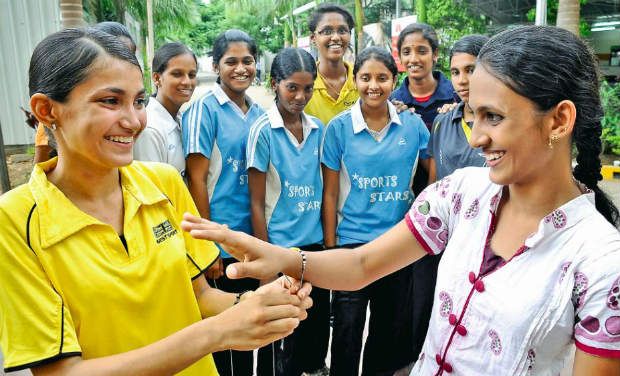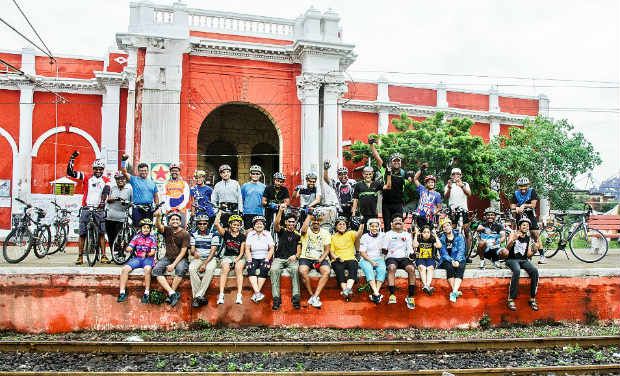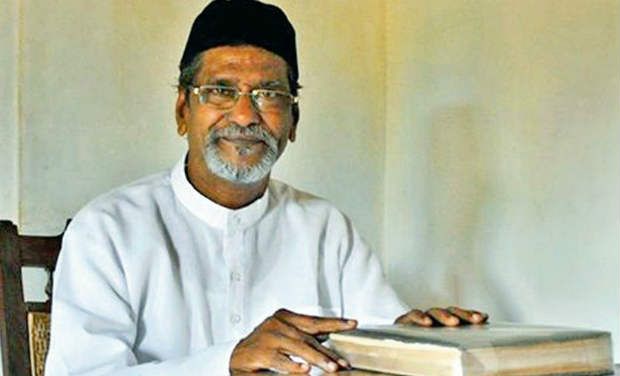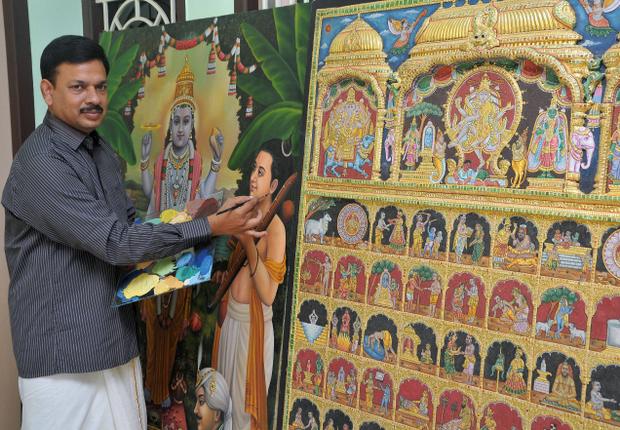
V. Nagarajan upholds the tradition of Tanjore paintings with a creative zeal
Inside V.Nagarajan’s house, you feel gods and goddesses have descended in glittering gold attire. The hall is cramped with a variety of 3D and 2D Tanjore paintings of Buddha, Balaji, sequence of paramapadam, Ramar pattabhisekams, 63-Nayanmars, Tirupati Brahmotsavam and many more. But the one which instantly grabs the eyeball is Lord Krishna, who overshadows the rest.
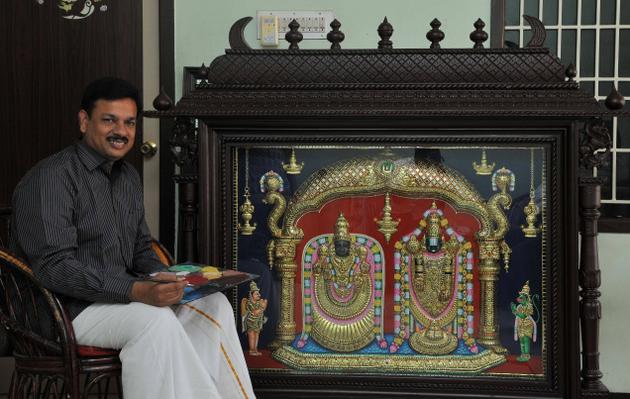
A glance at the work and you know why the artist has been handpicked by the Handicrafts Marketing and Service Extension Centre and Export Promotion Council of India as the craft ambassador of Indian tradition of South India that also made him travel to the United Kingdom last autumn.
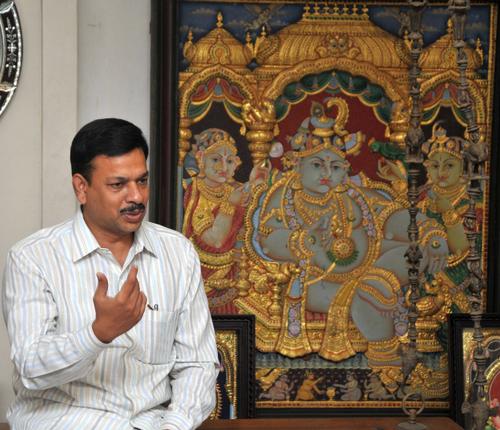
A resident of Karaikudi, the small town fuels his passion. He takes the cue for intricate designs, motifs and hues from the artistically designed bungalows here.
“World’s first language is art,” says Nagarajan, “Man scribbled and exchanged his ideas and thoughts.”
Nagarajan cannot be dismissed off as a Tanjore painting artist. His works are underlined with unconventional visuals but rooted to culture and tradition in theme and context. He breathes paints. He lives with every painting he writes. “Painting is in my blood,” he says, “from my great grand father’s generation.”
His great grandparents were palace painters at the Palace of Vijayanagara Empire. When the empire collapsed, the community of painters migrated down South identifying themselves as Rajus.
Nagarajan, one of the descendants of Rajus, is widely acclaimed as Tanjore painting artist of the last two decades. Though he learnt the art from his father and guru Venkatachalam Raju at the age of 13, Nagarajan went to complete a diploma course in Mechanical engineering. It was later that he decided to follow his heart and family tradition of writing and selling of Tanjore paintings.
“I am the fourth generation member writing Tanjore paintings and earning a living out of it,” he says.
Delving into the past, he says, “When the migrants came down, a few settled at Mysore and developed the Mysore School of Art. Those who settled in the Thanjavur belt during Maharaja Serfoji’s period, evolved the Tanjore paintings.”
In his opinion, Tanjore painting is unique in various aspects. “It has both art and material values. We use pure gold foil and semi-precious stones that embellishes the product.”
Nagarajan’s grey cells are at constant war to breed new ideas and innovations in the age-old art. Though Hindu images dominate the Tanjore paintings, Nagarajan tried his hand at painting Buddha in Tanjore style modelling on a Buddha statue found in Thailand.
“My aim,” he says, “is not to create a painting as a mere decorative wall hanging, it is a piece of art. “The Buddha statue is an exclusive work of art as it comes with an intricately carved and colourfully decorated door that gives us an impression of entering into a temple.
Nagarajan is credited with the design sequence of paramapadam, Ramar Pattabhisekam in 3D format aligning to the tradition of Tanjore painting. With the inclusion of more creative concepts, they have become paintings of high quality. “The market is flooded with Tanjore paintings. I need to stand out,” he asserts.
Winner of the State and the national merit certificate, Nagarajan says that he is not ready to deviate from the tradition of Tanjore paintings. But, he regularly introduces new subjects. He has made Lord Buddha, Jesus Christ and Thirukostiyur temple settings. He is also recording Ramayana concepts, temple structures and Chettinad culture in Tanjore paintings.
Though people have started using golden paper for paintings, Nagarajan continues to use only pure gold foils and semi precious stones for his paintings.
Real 22 carat gold foil is used which remains intact for years and gives a glowing appearance in the dark, he informs. Traditionally, diamonds and rubies were used. They are now replaced with semi-precious stones or glass stones. Similarly, vegetable dyes have been replaced by chemical paints but Nagarajan adheres to the old and original method.
Though art is a form that thrives on human imagination and creativity, Nagarajan closely studies archaeology and history to learn about a particular age and tradition. “This helps me to understand the colour concept of that age. I use the colours accordingly to create an art that is true to the facts and traditions of that period.”
He explains how in Tanjore paintings, the main subject gains prominence. For instance, the sitting Krishna is unassumingly big than the other standing figures. Similarly, size of the baby Krishna is bigger than that of his mother. In Ramar Pattabhishekam, Hanuman and cavalry appear tiny.
Nagarajan mostly sells his paintings to hospitals, jewellery shops, individuals and commercial establishments. His paintings serve a twin purpose. They make good decoration articles and are also a good alternative to idols of worship that warrant high maintenance. He also accepts orders for custom-made paintings.
“Though affordability factor of such paintings rides high, but we should not lose the tradition either,” he says.
“The purpose of art, culture and tradition is to delight people. Anything made with hand is important, beautiful and costly,” he says. According to him, people go for Tanjore paintings despite the cost because after a period of time these add the antique value to them.”
In response to reader’s queries, Dr Nagarajan can be contacted
@ 9443338138
or 36-A, Kothar Street, Kottaiyur, Karaikudi — 630106
source: http://www.thehindu.com / The Hindu / Home> Features> Friday Review> Art / by S. S. Kavitha / Madurai – August 08th, 2013
